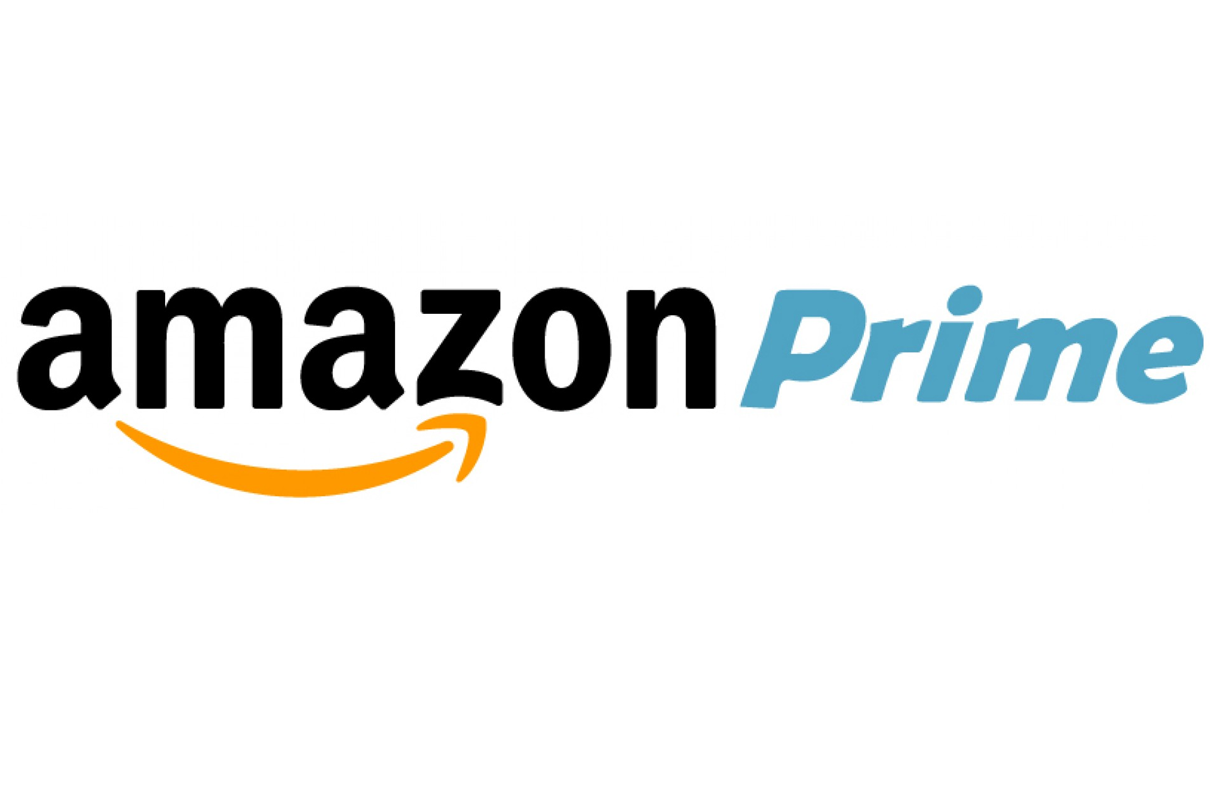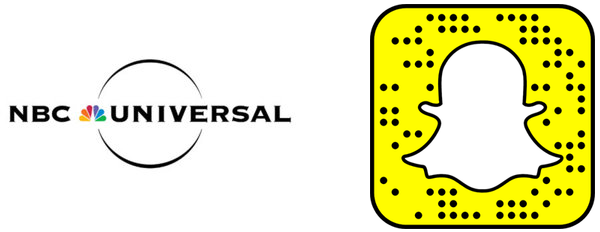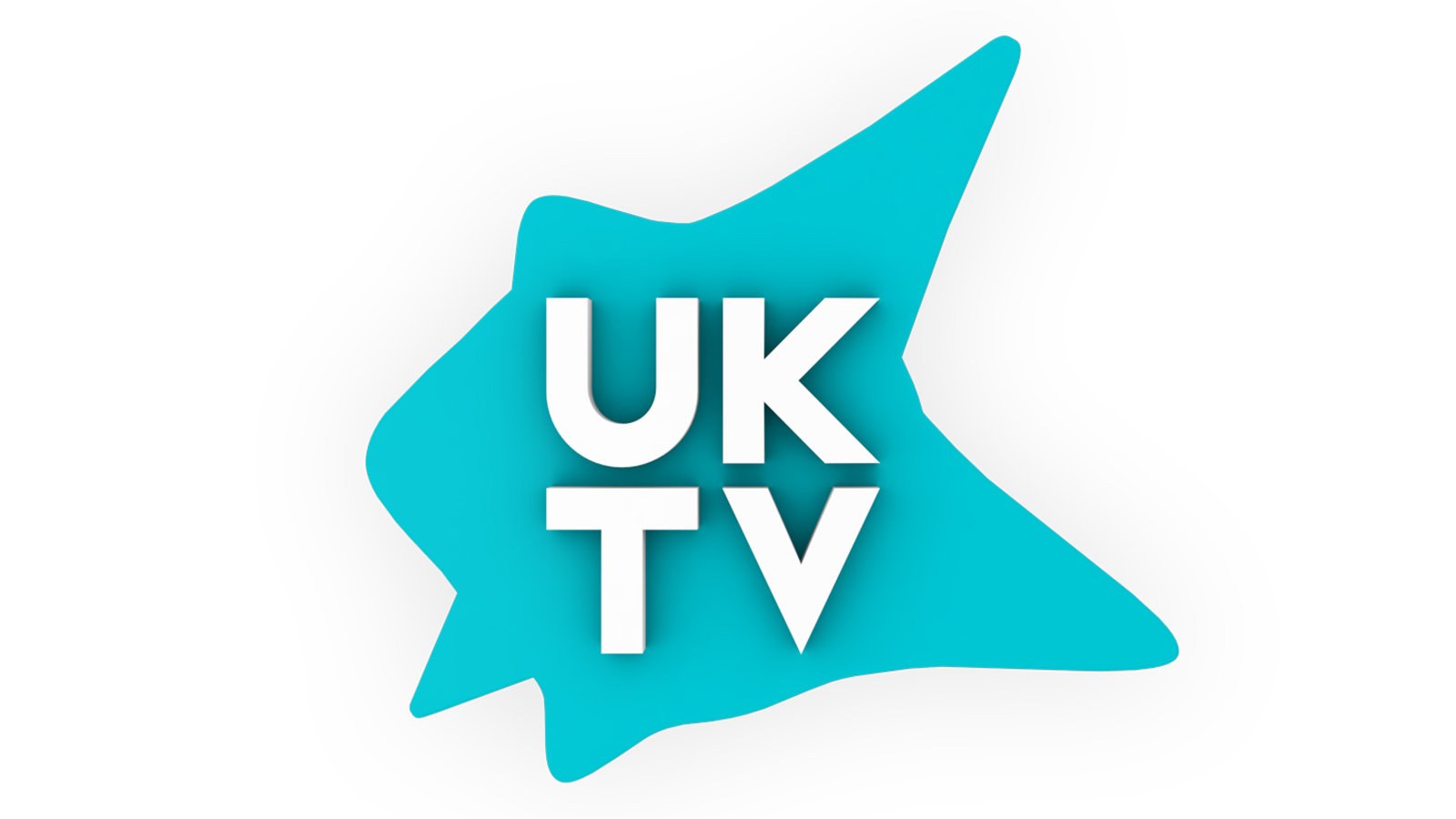
How two linear broadcasters are taking on Netflix and Amazon Prime
Traditional, linear broadcasters are in the battle of their lives and have one over-riding question to answer:
How to compete with the huge SVOD players?
How does a content-owner weigh up their options with OTT super-aggregators like Netflix and Amazon?
Where should a company such as NBCU, for example, distribute its content?
A glance at OTT services Netflix and Amazon:

- Added 7.4 million subscribers worldwide in the first quarter of 2018
- Now has 125 million total subscribers
- On schedule to spend about $8 billion on content this year
- Scaling local-language content has proved successful
- Has invested in and benefited from better dubbing and subtitling technology
- Not opposed to acquisitions – for example, its recent purchase of the comic book company Millarworld, which is already being mined for content
- Has a greater weekly reach among 16 to 24-year-olds than BBC iPlayer
The company’s biggest challenge?
CEO Reed Hastings:

- For the first time, Amazon has publicised the number of Prime subscribers it has, globally – which has been one of tech’s biggest, longest-kept secrets.
- Amazon’s founder, chairman, and CEO Jeff Bezos recently wrote in his annual letter to shareholders: “13 years post-launch, we have exceeded 100 million paid Prime members globally.”
- According to Bezos, more new members joined Prime in 2017 than in any previous year, both worldwide and in the US.
- Amazon has acquired the global TV rights for a multi-season production of The Lord of the Rings
- Prime has expanded its offerings, adding CBS All Access in the US and launching channels in the UK and Germany
- The US service has successfully streamed NFL’s Thursday Night Football, drawing more than 18 million total viewers over 11 games
With numbers like those, you’d be forgiven for thinking that traditional, linear broadcasters might have given up the ghost.
But they’re fighting.
Kelly Williams, managing director of commercial at ITV, says:
Success stories
In the face of the huge success of Netflix, Amazon Prime and others, there are some success stories among traditional, linear broadcasters from which others can both draw encouragement and learn.
Multi-channel broadcasters such as NBCU and UKTV have bold strategies that are paying off.

NBCU is an investor in Snapchat, which boasts an average of 187 million daily users – making it attractive to media companies looking to find young audiences for their content.
‘More than an investor’
But NBCU is more than just an investor: it’s also a top partner, Snapchat’s biggest producer of shows.
Developing content centrally from its NBCU Digital Content Lab, a specialised unit that makes shows for Snapchat’s Discover section, the company creates content based on existing NBCU shows and original concepts.
Maggie Suniewick, who manages NBCU’s digital partnerships and investments and is president of NBCU Digital Enterprises, said: “We realised it really is a different skill set than to produce a TV show, so we realised we should build out a studio.”
Why Snap?
According to NBCU CEO Steve Burke, Snapchat:
- Values professionally produced content
- Realises media companies need to be able to sell ads to pay for that content
- Curates the content, which makes for a more ad-friendly environment
NBCU also struck a deal with Snap to provide daily stories during the PyeongChang Winter Olympics earlier this year, a daily Snapchat Discover channel programmed by BuzzFeed and, for the first time, live broadcasts of big Games moments.
Results of the NBCU/Snapchat partnership
- 45 million people watched NBCU’s Olympics programming (three-quarters of them between the ages of 18 and 34)
- NBC News’ twice-daily Snapchat show, Stay Tuned, pulls in 2.5 million viewers per broadcast / five million viewers on average every day
- NBCU and Snap are operating a joint venture to create scripted Snapchat shows, which will likely be longer than the existing unscripted programming on the platform

UKTV, the independent commercial joint-venture between BBC Studios and Discovery (having acquired Scripps Networks Interactive), is the home of channels including Dave, Gold and Yesterday, and now reaches more than 40 million viewers every month and distributes its original programmes to 200 territories.
Decent growth
Those aren’t their only figures representing decent growth for the broadcaster:
- UKTV has doubled revenues in the past seven years
- Views of UKTV Play – the broadcaster's fastest-growing brand – are up 75 per cent year on year
- Storytelling series Crackanory was an original commission that’s now funded by Amazon’s Audible
- Its team of 300 has almost doubled in size
How has UKTV achieved this?
Partly because it’s moved away from a heavy reliance on archive BBC shows and carriage fees.
About 70 per cent of the company’s revenues now come from advertising, and the business is now “totally focused on VoD”, says Darren Childs, UKTV's CEO.
Its strategy of investing in UKTV Originals continues to deliver results, as does a deep and fundamental understanding of their audience.
Emma Tennant
One factor is behind UKTV’s success was Emma Tennant, the broadcaster’s popular controller who died last month (March 2018) after a long battle with cancer.
The 49-year-old oversaw the major growth of UKTV network Dave, the launch of Drama and premium pay TV network W, and the commissions of Taskmaster, Dave Gorman: Modern Life is Goodish, Alan Davies: As Yet Untitled and the revival of BBC comedy Red Dwarf.
Advertising
Solid content and flexible delivery to audiences (ie online and across multiple devices) are key to commercial broadcasters’ strategies, as advertising has always been.
It’s been reported recently that, in the US, NBCUniversal will join Open AP, a platform offered by a consortium including Turner, Viacom and Fox Networks Group.
Open AP uses comScore and Nielsen data and allows advertisers to define and target narrower segments of consumers, which is more closely aligned with what makes Google and Facebook's offer so attractive for advertisers, who want (and can get) much more precision now than just aiming for age and gender.
Online, everyone knows how precise advertising can be delivered. Want to target single women in Scotland between the ages of 18 and 24? No problem.
But what about precision advertising on TV in Britain?
ITV controls about 45 per cent of the TV ad market, with Channel 4 and Sky taking about 27 per cent each.
Sky’s AdSmart can serve different ads to different Sky households watching the same programme, and counts Virgin Media as a customer.
But, interestingly, ITV and Channel 4 have not yet joined the platform – because, says John Litster, managing director of Sky Media:
Darren Childs:

Product + audience + platform: why the Premier League is going its own way

In The Frame - April '23
